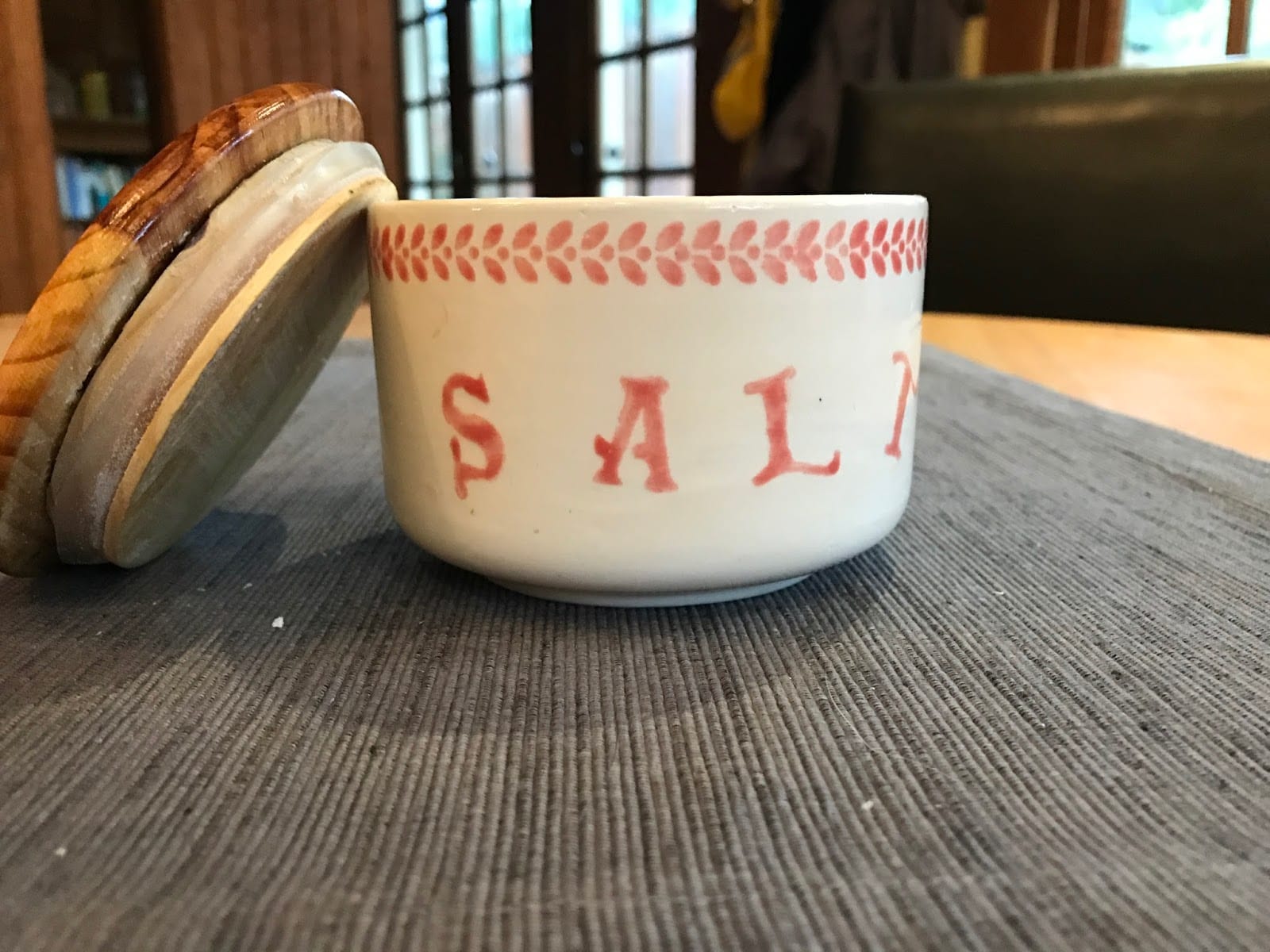It occurs to me that our bodies and minds weren’t made to hold on to emotion. Nor were they made to reject it.
More and more, I think that the best method of experiencing emotions is the same way our bodies were made to digest food. We take it in, let it trace a path through the body where the pieces we need to utilize for repair and sustenance are extracted, and the rest is eliminated.
Too often, we treat emotions as something that we need to control and manipulate, but I think we’re going about it all wrong. At least, most of us are.
Lola has the right idea. She is a natural at simply ‘digesting’ her emotions. She lets them come, acknowledges them, sits still while they make their way through whatever process they go through, and extracts what she needs from them – whether it’s something she’s learned or a closeness she feels with someone important.
There are others in my life who I see become constipated, holding on to the emotion or the story it conjures in their heads, letting it affect them in ways that are profound and lasting. They either wall off the emotions and prevent themselves from seeing the benefits, or they gain some of the benefit, but then become embittered and embrace a victimhood that allows the unpleasant, dysfunctional parts of the situation to remain without being removed.
And there are still others who are bulimic – rejecting certain emotions or situations violently by purging the emotion or denying the feelings conjured up. In this scenario, the individual is ultimately denying themselves the learning and growth that comes from processing difficult emotions and coming to a deeper understanding of hurt and struggle and their place in it.
Without allowing our bodies and minds to fully process what we are feeling in any given situation, we fail to learn that, in every challenging scenario, there is a beginning, a middle and an end. There is a way to walk through pain and struggle, sadness and grief and suffering, and come out the other end a stronger, wiser person. But not if we become constipated or deny the reality of the situation altogether.
I am absolutely guilty of doing both of these things from time to time, and even if I do my best to process emotions like Lola, I can find it hard to not try to drive the process and make it fit my own timeline. But I’m learning that, like digesting my food, my body and mind have their own way of working with what I’m presented with, mining it for the good and letting go of the rest, and it is in my own best interest to simply let the process happen. I admit I’ve struggled a little with what that might look like, and the best conclusion I’ve come to thus far is to simply be mindful of the feelings and hold space for them, knowing that I can’t possibly predict how long it will take or how impactful it will be.






 *
*